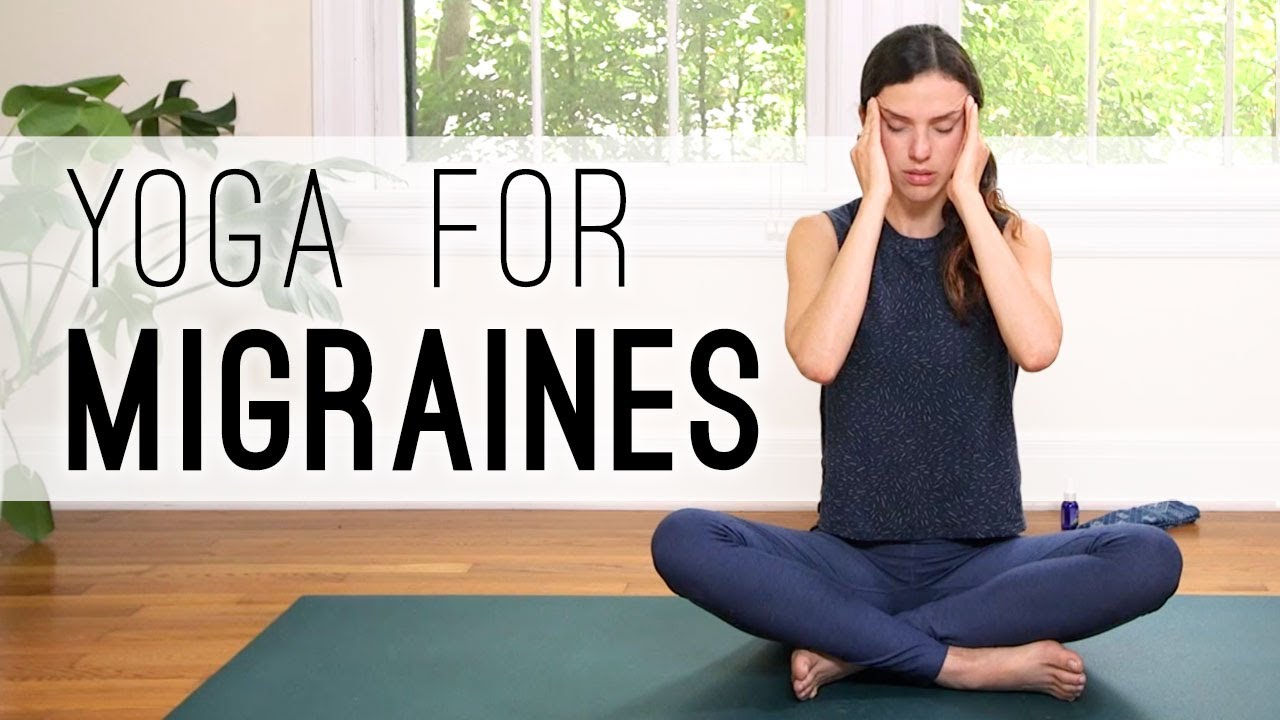


Therefore, the aim of this review was to assess the evidence for theĮffectiveness of yoga exercises in the management of primary headaches. Quality of the evidence needs to be examined to establish whether or not we can assert yogaĬan be used as a complementary and alternative therapy for sufferers of headaches 22, 23 ). As stated, there isĮvidence of the benefit of yoga in reducing pain 20 , Improving quality of life, and decreasing pain levels 18, 19 ). As a result, yoga playsĪn important role in reducing sympathetic activity, increasing parasympathetic activity, Mechanisms of down-regulation of the hypothalamic-pituitary-adrenal axis and the sympathetic A growing body of evidenceĪlso supports the belief that yoga benefits physical and psychosocial health through the Evidence for theĮfficacy of yoga exercise for a number of conditions is emerging. Yoga has been reportedĪs a safe and cost-effective intervention for managing pain 1, 14 ). Yoga is a combination of physical postures and breathing exercises. Practiced by approximately 5% of the adult population in the United States and 12% ofĪustralians for alleviating headaches 14 ). Yoga exercises are considered to be complementary and alternative medicine and are Medicine has recently become common practice in current headache management 6, 10, 11, 12, 13 ). As a result of these shortcomings, complementary and alternative Means a consequent worsening of the headaches 10 ). These can lead to a refractory condition of medication overuse headache, which The remaining headache-sufferersĭiscontinue medications due to adverse side-effects or excessive use of abortive However, onlyĪbout half of migraineurs show clinically positive responses to medications 9 ).

Headache management is traditionally based on pharmacological therapies. Secondary headaches are related to a pre-existing medical condition. Tension-headaches and cluster-headaches 6 ). Two categories which are primary and secondary headaches on the basis of the underlyingĪssociated with pre-existing medical conditions and there are three types: migraines, Headaches at 78% of the population world-wide 5, 7 ).Īccording to the International Headache Society, headaches can generally be divided into The prevalence of headaches is estimated at 13% of the United States population 6 ), 20% of the Australians 1 ), and migraines are estimated at 11%, with tension-type Furthermore, they have led to personal,įamilial and societal burdens, and significant healthcare problems globally 4, 5 ). Main cause of time off from work, reduced school performance, and low quality of life 1, 2, 3 ). Headaches are a common and universal phenomenon in humans. Therefore, further rigorous methodological and high quality RCTsĪre required to investigate the hypothesis that yoga exercises alleviate headaches, and toĬonfirm and further comprehend the effects of standardized yoga programs on headaches. However, the findings should be interpreted with caution due to There is evidence from one RCT that yoga exercises may beīeneficial for headaches. Symptomatic medication use were significantly lower in the yoga group compared to theĬontrol group. Headache intensity and frequency, anxiety and depression scores, and The available data could only be included as a narrativeĭescription. The quality critical appraisal indicatedĪ moderate risk of bias.
#Best yoga for migraines trial
Trial was identified and included in this review. QualityĪssessment was conducted using the Cochrane risk of bias tool. Intervention on headaches published in any language before January 2015. A search was conducted of six electronicĭatabases to identify randomized controlled trials (RCTs) reporting the effects of yogic To assess the evidence for the effectiveness of yoga exercises in the


 0 kommentar(er)
0 kommentar(er)
